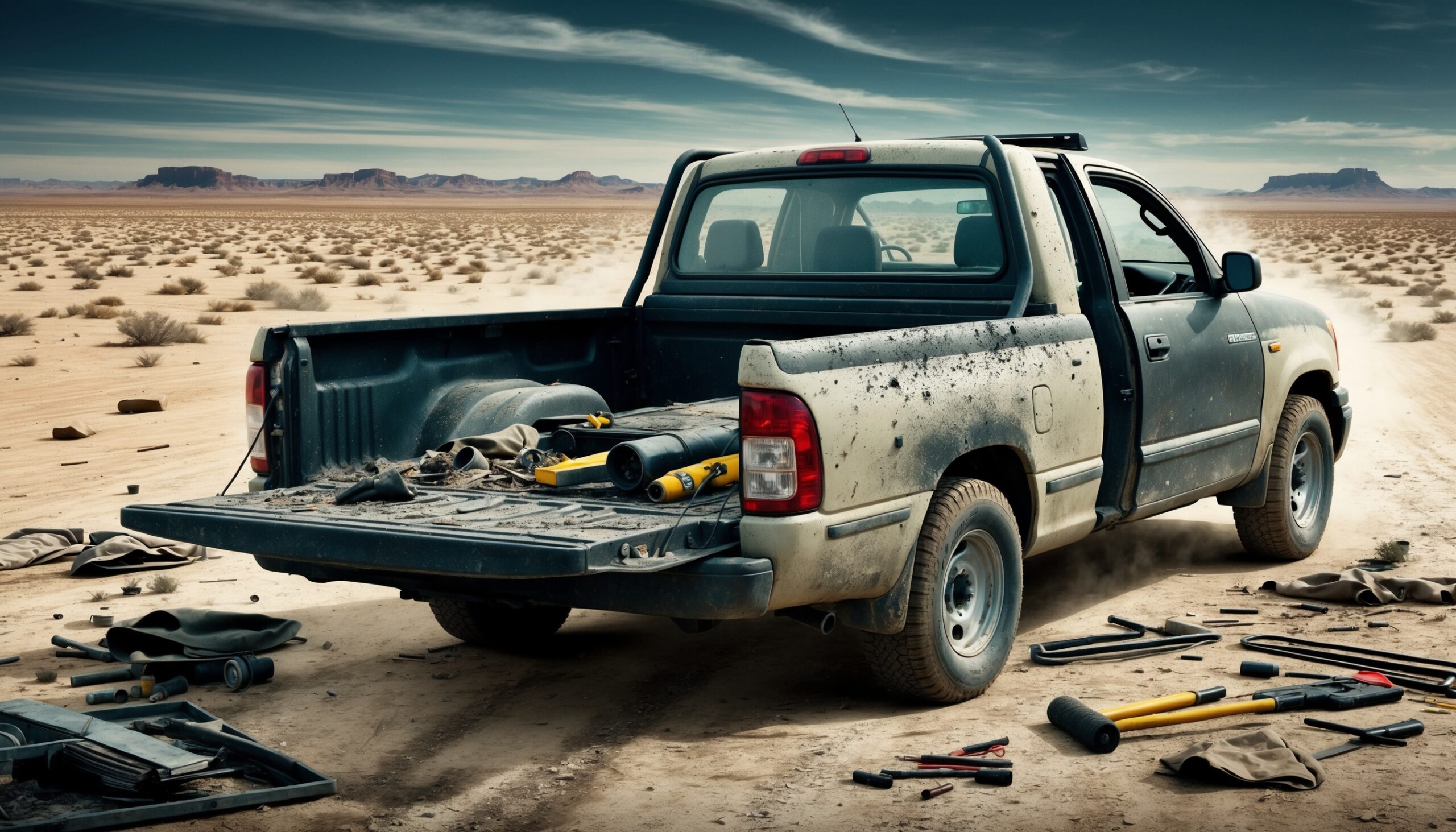NASA’s Voyager 1 Discovers ‘Wall of Fire’ on Solar System’s Edge
Hey there, fellow gearheads! Today, we’re shifting gears from horsepower and torque to the cosmic wonders of our universe. That’s right—let’s talk about space! NASA’s Voyager 1 has recently made headlines by discovering what scientists are calling a ‘Wall of Fire’ at the edge of our solar system. While it may not be a turbocharged engine or a superfast racecar, the implications of this discovery are just as thrilling. Buckle up as we dive into the details of this astronomical event, and how it relates to our understanding of the universe!
What is Voyager 1?
Before we get into the juicy details of this incredible discovery, let’s take a moment to appreciate the Voyager 1 spacecraft itself. Launched in 1977, Voyager 1 was designed to explore the outer planets of our solar system. After completing its primary mission, it continues to travel farther and farther away from Earth, currently holding the title of the most distant human-made object in space.
Much like how every car enthusiast knows the specs of their favorite vehicles, Voyager 1 has some impressive specs of its own:
- Launch Date: September 5, 1977
- Distance from Earth: Over 14 billion miles (as of 2023)
- Speed: Approximately 38,000 miles per hour
- Mission Duration: Over 46 years and counting
With such a long journey, you can think of Voyager 1 as the ultimate road trip vehicle, navigating the cosmos and sending back data that expands our understanding of space. And much like a well-oiled machine, it continues to operate and send valuable information back to us!
The ‘Wall of Fire’
Now, let’s get to the main event: the ‘Wall of Fire.’ This term refers to a boundary that Voyager 1 has encountered on its journey. It’s not just a catchy name; it describes a significant phenomenon in space that scientists have been studying for years.
The Wall of Fire is essentially a boundary between the solar wind—the stream of charged particles emitted by the Sun—and the interstellar medium, the matter that exists in the space between stars. As Voyager 1 travels further out, it has crossed into what is known as the heliosphere, a bubble created by the solar wind.
As it reached the edge of this bubble, it encountered an intense area of magnetic activity and increased particle density, which is why it has been dubbed the ‘Wall of Fire.’ But what does this mean for us back on Earth? Let’s break it down.
Also Read: This is what it takes to design an F1 trophy
Understanding the Importance
For car enthusiasts, understanding the relationship between different systems is vital—whether you’re tuning an engine or optimizing suspension. Similarly, understanding the Wall of Fire helps us grasp the dynamics of our solar system and its interaction with the rest of the galaxy.
- Boundary Exploration: The discovery helps scientists understand how solar winds interact with cosmic rays, which are high-energy particles that come from outside our solar system.
- Magnetic Fields: The Wall of Fire provides insight into the magnetic fields at the edge of our solar system. Just as a car’s magnetic system helps it run smoothly, understanding these fields helps us understand how matter behaves in space.
- Future Missions: This discovery opens up new avenues for future space missions, much like how a car enthusiast might plan their next modification based on performance data.
The Science Behind the Discovery
The data collected by Voyager 1 about the Wall of Fire has been analyzed by a team of scientists who are eager to understand more about the universe we live in. Using various instruments onboard the spacecraft, scientists were able to measure particles, magnetic fields, and the intensity of cosmic rays.
One of the most exciting aspects of the Wall of Fire is how it changes our understanding of the heliosphere. Previously, scientists thought that the heliosphere had a more clearly defined boundary. However, Voyager 1’s data shows that the boundary is far more complex and dynamic than previously believed. This is similar to how car enthusiasts often find that modifying one part of a vehicle can have unexpected effects on other systems!
How It Affects Us on Earth
You might be wondering how the Wall of Fire affects us down here on Earth. While it may seem distant, discoveries like this help scientists understand the space weather that can impact our planet. Just like how a sudden thunderstorm can affect your weekend drive, solar activity can influence satellite operations, communications, and even power grids.
- Space Weather: Increased solar activity can lead to geomagnetic storms that affect technology on Earth.
- Communication Satellites: Understanding the Wall of Fire helps scientists predict and mitigate the impact of solar events on satellite communications.
- Earth’s Atmosphere: The interaction between solar winds and Earth’s magnetic field can result in beautiful auroras, a direct link to the activity occurring at the edge of our solar system.
What’s Next for Voyager 1?
As Voyager 1 continues its journey into the unknown, we can expect more discoveries that could reshape our understanding of the universe. The spacecraft is still operational and transmitting data back to mission control, albeit at a much slower rate due to its vast distance from Earth.
Much like how car enthusiasts enjoy tweaking and upgrading their vehicles, NASA scientists are constantly analyzing the data Voyager 1 sends back and looking for ways to improve future missions. The knowledge gained from Voyager 1 will undoubtedly inform the next generation of space exploration, making it as exciting as the latest car models hitting the showroom floor!

Final Thoughts
While we might be more accustomed to discussing horsepower and torque here at Torque Feed, the wonders of space exploration remind us of the incredible journey we are all on—whether behind the wheel of a car or through the cosmos. The discovery of the Wall of Fire by Voyager 1 is a testament to human ingenuity and our relentless quest for knowledge.
So, the next time you’re tuning your vehicle or hitting the open road, take a moment to appreciate the vast universe beyond our planet. Just as every car has its own story, so does every star, planet, and spacecraft. Let’s keep our curiosity alive, and who knows what other astonishing discoveries await us in the great expanse of space!
Drive safe, and keep exploring—whether it’s on the road or out among the stars!
Also Read: Top 5 Safe Car Brands Every Enthusiast Should Know












